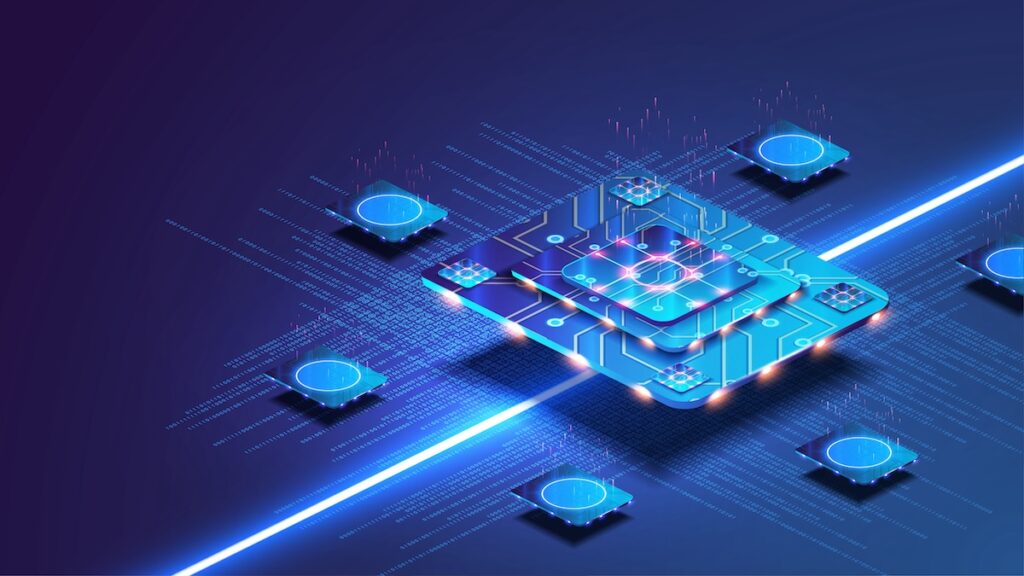
August 13, 2024 at 08:06AM
NIST has formally published three post-quantum cryptography standards resulting from a competition aimed at developing encryption resistant to quantum computing decryption. The standards are ML-KEM, ML-DSA, and SLH-DSA, with a fourth, FN-DSA, selected for future standardization. IBM played a significant role in their development and is actively involved in quantum-safe cryptography. The urgency to address quantum decryption risks led to the NIST competition, and the need for crypto agility is emphasized to swiftly transition to new algorithms. While PQC cannot guarantee absolute security, it is considered the best solution for now.
The meeting notes provide a comprehensive overview of the NIST competition and the development of post-quantum cryptography standards to withstand the potential decryption by quantum computing. The notes highlight the involvement of IBM, along with industry and academic partners, in the development of winning algorithms and discuss the need for and principles of quantum-safe cryptography.
Key takeaways from the meeting notes include:
1. NIST has formally published three post-quantum cryptography standards: ML-KEM, ML-DSA, and SLH-DSA, with a fourth, FN-DSA, chosen for future standardization.
2. IBM has been deeply involved in both the competition and the development of winning algorithms, with its CTO of IBM Quantum Safe, Michael Osborne, providing insights on the need for quantum-safe cryptography.
3. The notes emphasize the mathematical differences between pre- and post-quantum cryptography, particularly in the reliance on different mathematical problems associated with lattices, contributing to the resistance of PQC to quantum decryption.
4. IBM’s Quantum Development Roadmap projects the company’s first error-corrected quantum system by 2029 and a system capable of running more than one billion quantum operations by 2033.
5. The importance of crypto agility is highlighted as a key recommendation from NIST, enabling rapid switching of algorithms to address potential vulnerabilities.
Additionally, the notes point out the concern for future technological advances, such as General Artificial Intelligence, neuromorphic computing, and optical computation, as potential threats to encryption.
Overall, the meeting notes provide a thorough understanding of the challenges and advancements in post-quantum cryptography and emphasize the importance of continuously monitoring new decryption threats and researching new mathematical approaches to enhance data security.